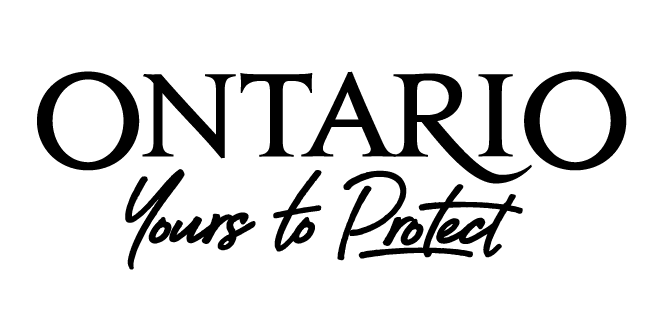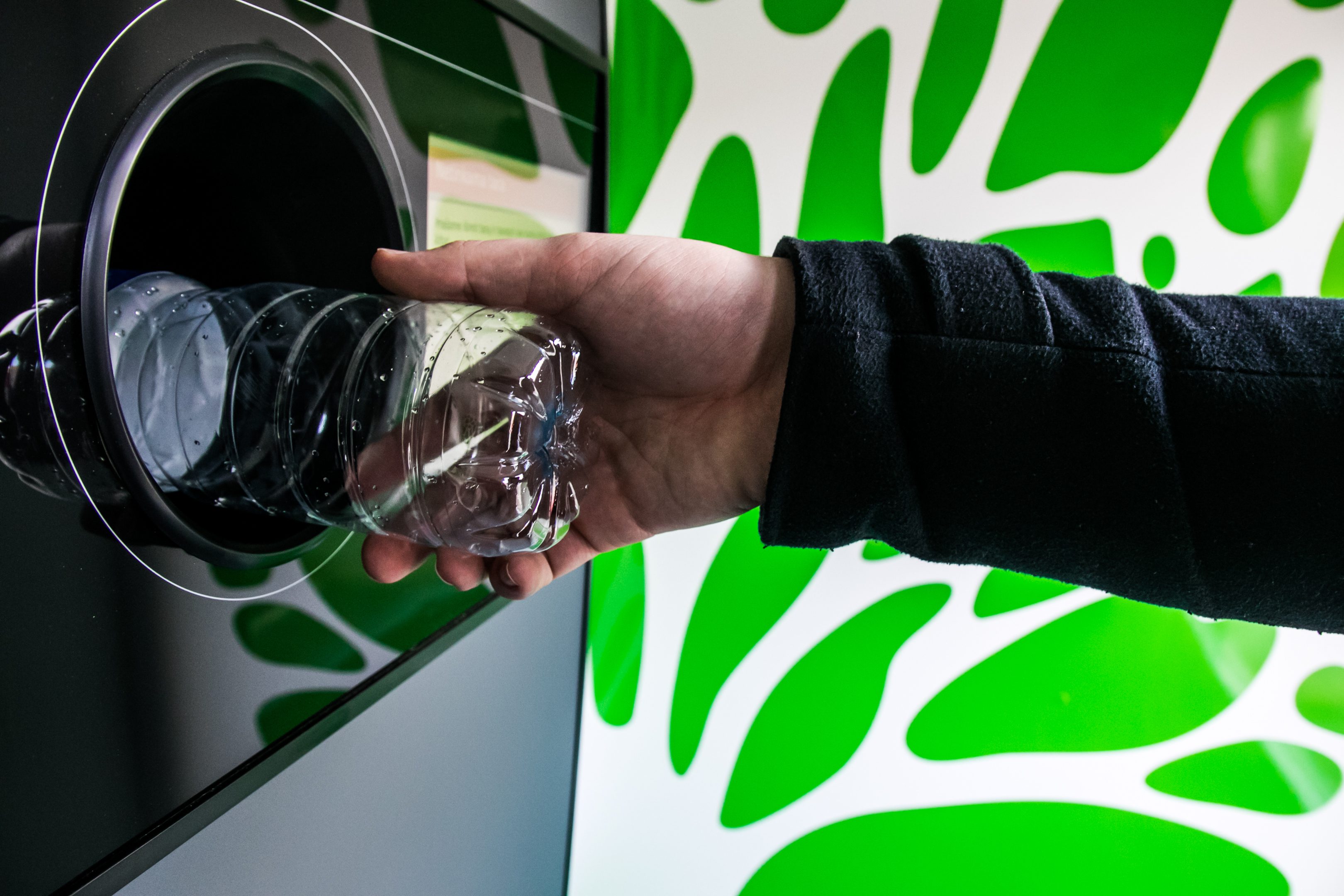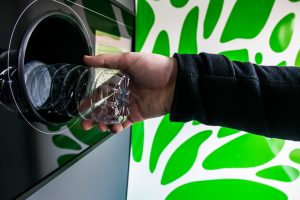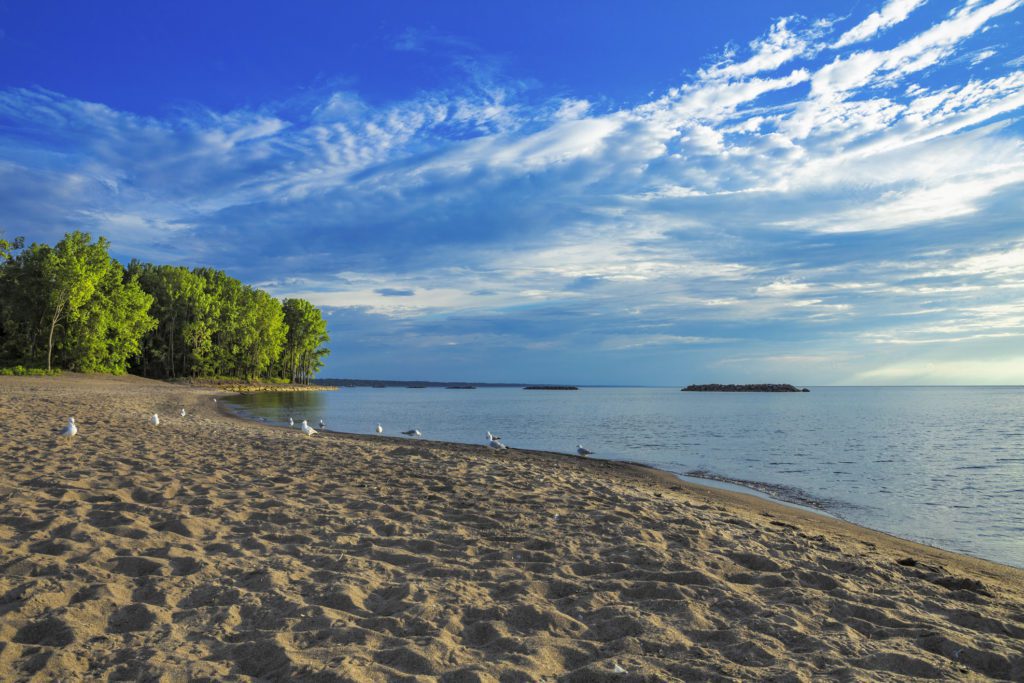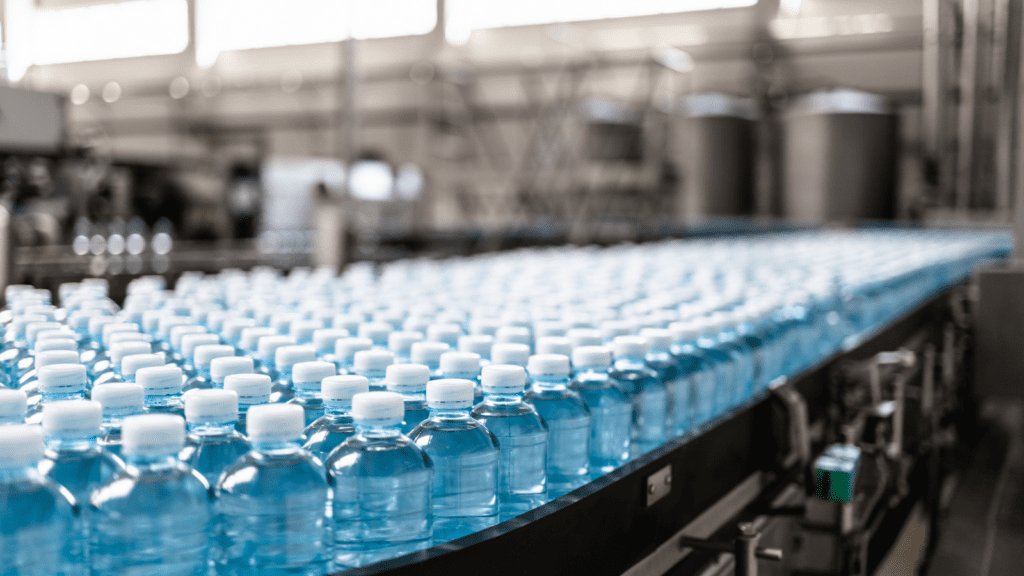In our new campaign, we’re calling on Ontario to introduce a deposit return system for plastic water bottles to increase recycling rates, reduce litter, and generate revenue to protect the Great Lakes. But what might a deposit return program look like if the province were to get one?
Generally speaking, a deposit return program (DRP) requires consumers to pay a few cents extra on specified beverage containers. Those few cents are returned (in full or in part) to the consumer once the container is returned for recycling. Ontario already has a program like this for alcoholic beverages, and it works incredibly well; 98 percent of beer bottles are returned for recycling.
In Ontario, consumers pay an extra 10 or 20 cents on their alcoholic beverage containers (depending on size) and return them to the Beer Store to get the full refund back. This is called a “return to retail” model. Other models include returning bottles to a redemption centre or to automated machines. DRPs can be administered by government, retailers, or third-party organisations. Below are a few examples of how deposit return programs work in other jurisdictions:
Alberta: Return to Depot
In Alberta, consumers pay a deposit of 10 or 25 cents on beverage containers (depending on size) and get their full refund when they return the containers to independently-owned redemption depots. The program is overseen by the not-for-profit Alberta Beverage Container Management Board. All beverage containers except beer made in the province, are eligible for the program. The program has been around for over forty years and boasts a beverage container collection rate of 83 per cent.
New Brunswick: Half-back system
New Brunswick’s DRP operates as a “half-back” system, meaning consumers pay a 10 cent deposit on non-refillable containers and receive 5 cents back when they return them. The 5 cents that is un-refunded is considered an “environmental fee.” This fee and all of the unredeemed deposits (from the bottles that were not returned) go towards an Environmental Trust Fund that finances environmental programs in the province. Like in Alberta, consumers in New Brunswick return their containers to redemption centres. The program is operated by the provincial government and by a private grocer/soft drink consortium, Encorp Atlantic. The program ensures a collection rate of 79 per cent.
Norway: Return to Retail through Reverse Vending Machines
In Norway, the DRP is a return-to-retail system, where consumers pay a deposit of varying amounts and return the bottles to reverse vending machines at retail stores (like grocery and convenience stores) that sell bottled beverages. Reverse vending machines look like normal vending machines, but consumers actually place their containers into the machine, which then gives them their refund and sorts the containers. Only soft drinks are included in Norway’s DRP, which collects 99 per cent of containers.
These aren’t the only options available if Ontario adopts a DRP on plastic bottles, but they serve as some examples of what one could look like. As you can see, all the variations perform tremendously well and boast much higher collection rates than Ontario – which collects less than fifty per cent of its plastic bottles. Regardless of the method, if Ontario adopts a DRP for plastic bottles, it could expect to see higher recycling rates and less plastic in our environment and landfills.
Take action
Want to help increase recycling and protect our environment? Take action: Tell Ontario to “Cash it! Don’t trash it” by introducing a deposit return program to reduce plastic waste and help fund efforts that protect our freshwater.



